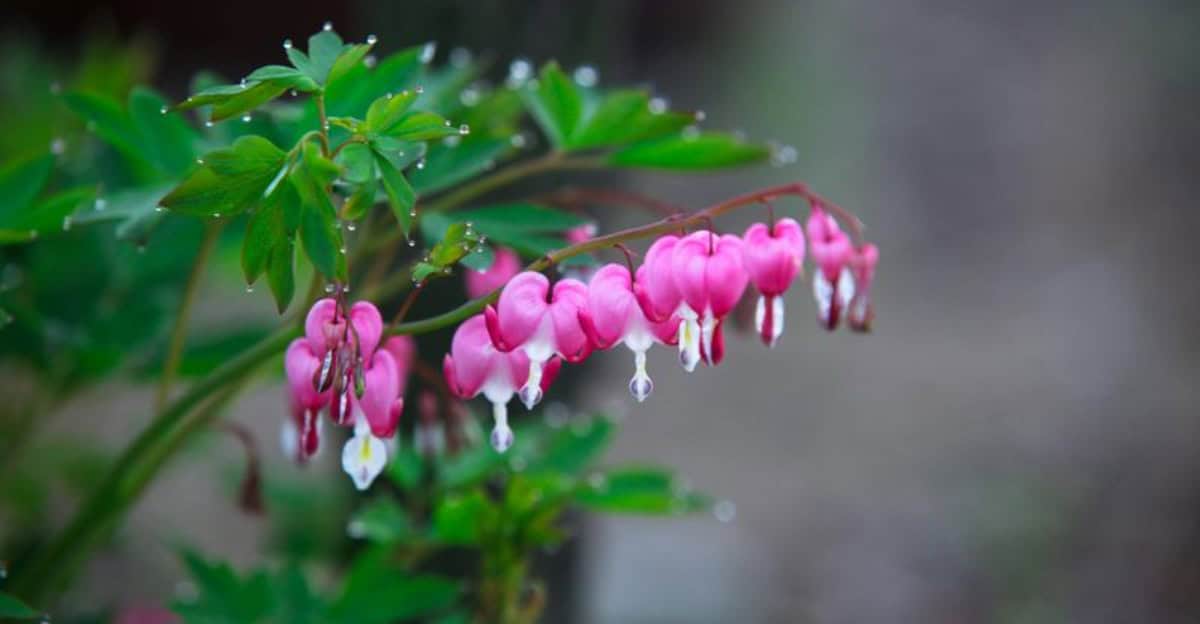Bleeding hearts, with their delicate, heart-shaped blooms, offer a touch of enchantment to any garden.
Known for their whimsical appearance, these perennials add charm and romance to both shaded and semi-shaded areas.
Perfect for gardeners wanting to create a fairy-tale atmosphere, bleeding hearts require specific care to flourish beautifully.
1. Choose the Right Spot

Finding the right location is crucial. Bleeding hearts thrive in partially shaded areas, basking in dappled sunlight. Avoid direct harsh sunlight to prevent wilting.
Ensure their spot has good drainage yet retains moisture. This balance creates an ideal microclimate, nurturing their growth and allowing their heart-shaped flowers to dance gracefully.
2. Prepare the Soil
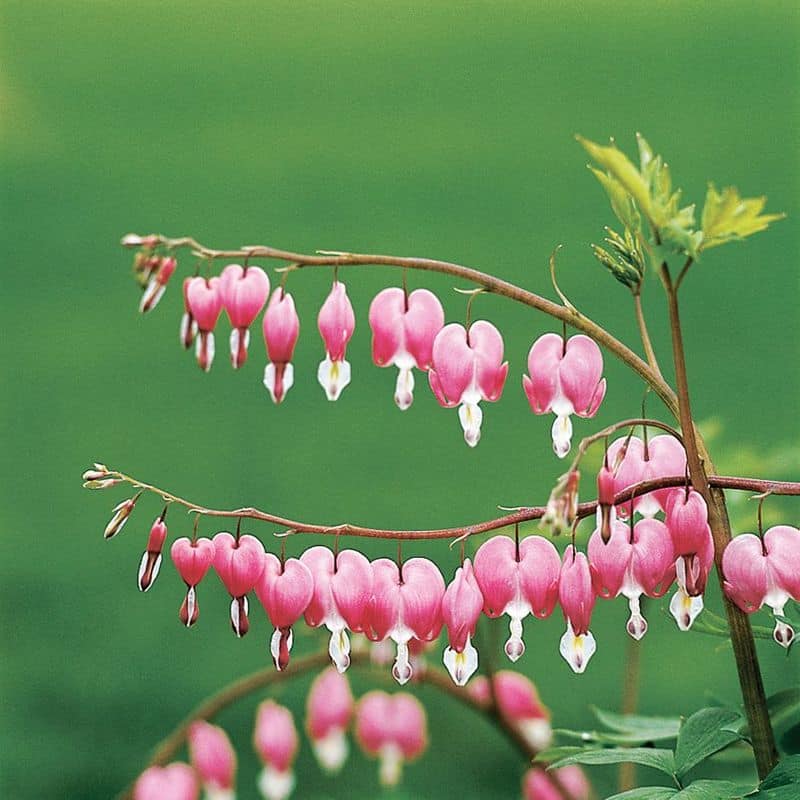
Start with nutrient-rich, well-draining soil. Mix in organic compost to enhance fertility and texture. The soil should be slightly acidic to neutral, providing essential nutrients.
This foundation supports robust root development and stunning blooms. Remember, a healthy soil is the heart of a flourishing bleeding heart plant.
3. Plant in Early Spring
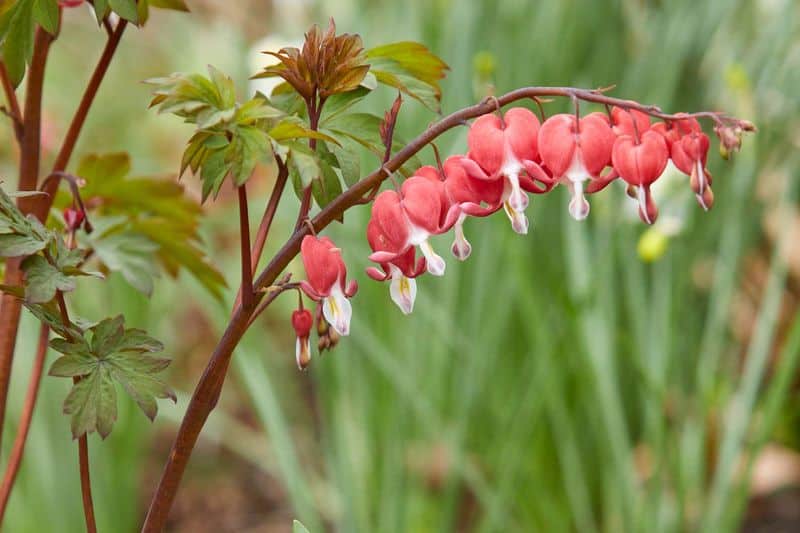
Spring is the best time for planting. As temperatures rise, these enchanting flowers awaken. Plant them in early spring, just as the soil becomes workable.
This timing ensures they establish before summer heat. Their roots settle in cooler soil, ready to burst into life with the first warm sunbeams.
4. Water Wisely
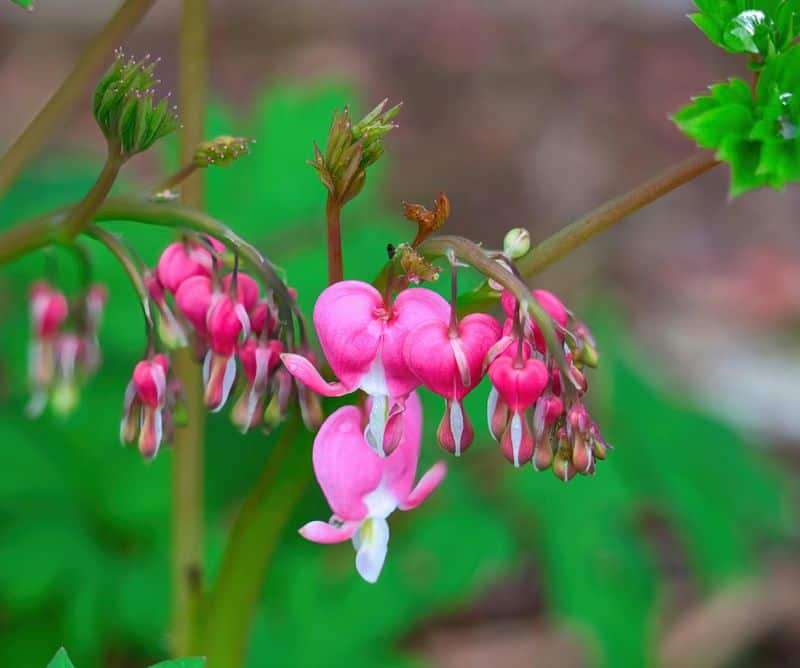
Hydration is key for thriving bleeding hearts. Water them consistently, without over-soaking. Their roots appreciate moisture but detest waterlogging.
During dry spells, maintain soil moisture, ensuring the plant stays hydrated. This balance in watering helps promote lush foliage and keeps those delicate heart-shaped blossoms vibrant and healthy.
5. Mulch for Moisture
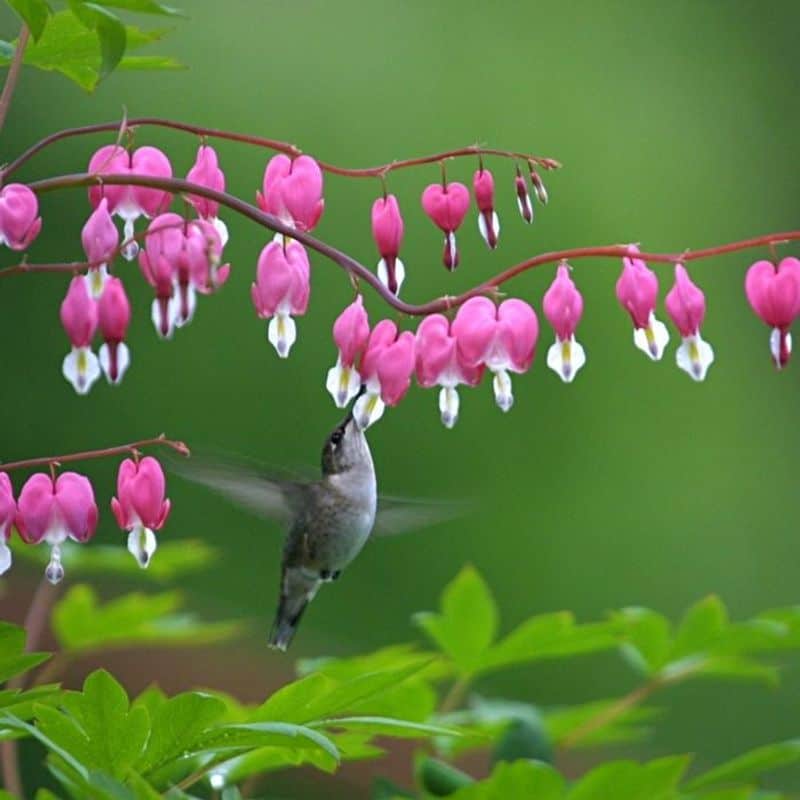
Mulching locks in moisture and regulates temperature. Spread a layer of organic mulch around the base. It conserves water, cools roots, and prevents weeds.
As it breaks down, mulch enriches the soil. This simple step maintains an optimal environment, promoting the health and beauty of your bleeding hearts.
6. Fertilize Sparingly
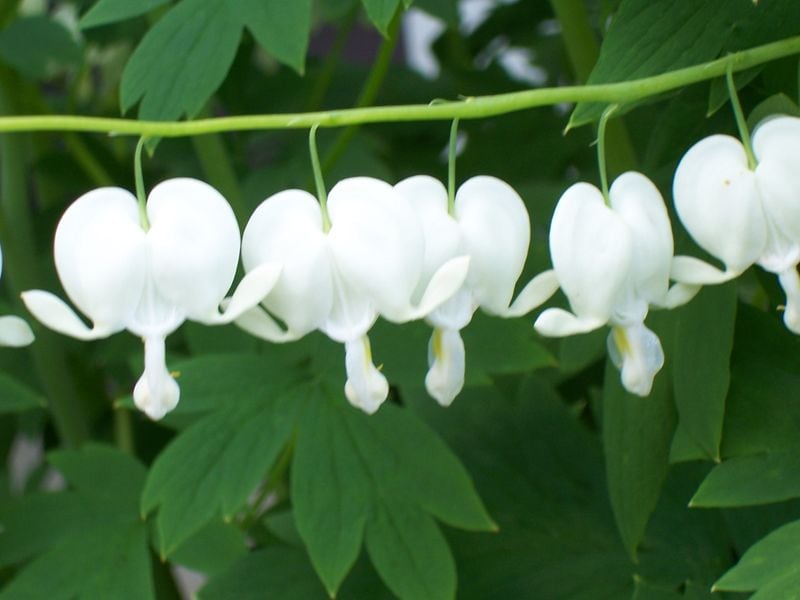
Over-fertilizing can hinder their charm. Use a balanced, slow-release fertilizer in spring. Too much can lead to lush leaves but fewer flowers.
This delicate approach ensures blooming without overwhelming them. A light hand with nutrients contributes to their ethereal appeal, enhancing your garden’s whimsical atmosphere.
7. Prune for Perfection

Pruning promotes fresh blooms. Trim spent flowers to encourage new growth. Cut back foliage in late fall, allowing energy to redirect to roots.
This practice fosters a healthier plant come spring. Pruning not only tidies your garden but invigorates bleeding hearts, preparing them for another season of splendor.
8. Manage Pests Naturally

Nature-friendly pest management preserves garden harmony. Encourage beneficial insects like ladybugs, which deter aphids naturally. Avoid chemical pesticides that harm the plant’s ecosystem.
Companion planting with alliums can also repel unwanted pests. These gentle methods protect your garden’s magic, allowing bleeding hearts to flourish unscathed.
9. Support with Stakes
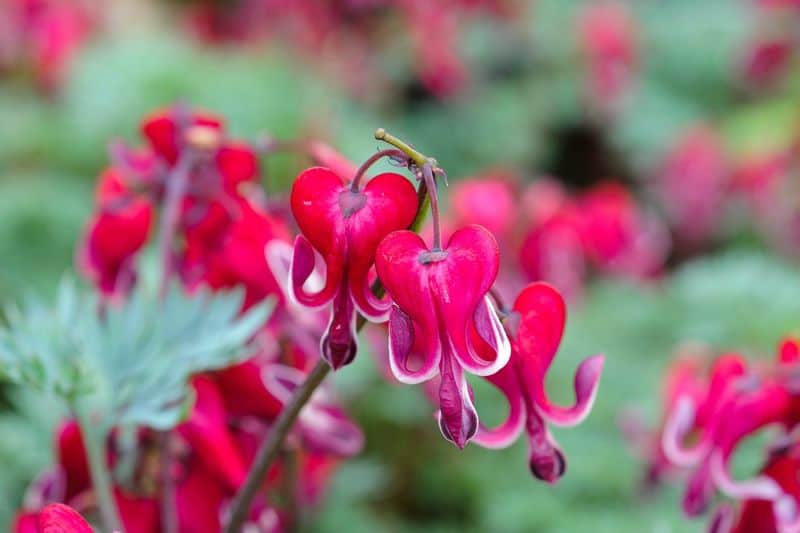
Tall varieties may need support. Use stakes to aid their elegant stature. Proper support prevents drooping and keeps flowers upright.
Choose decorative stakes to complement their beauty. By providing physical structure, you allow bleeding hearts to stand proud, enhancing their enchanting presence in your garden.
10. Embrace Dormancy

Bleeding hearts naturally rest in summer heat. Recognize dormancy as part of their cycle.
Yellowing leaves signal a pause, not a problem. Let them be; they conserve energy for next spring.
Embracing this phase ensures a grand return of hearts. Understanding their rhythm connects you closer to their enchanting lifecycle.

